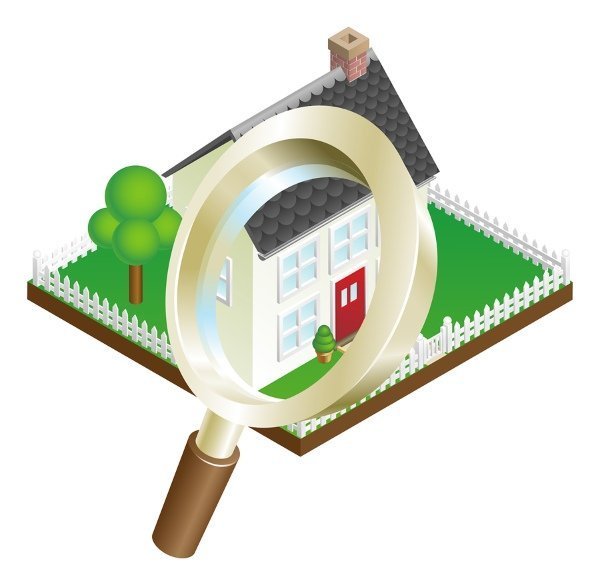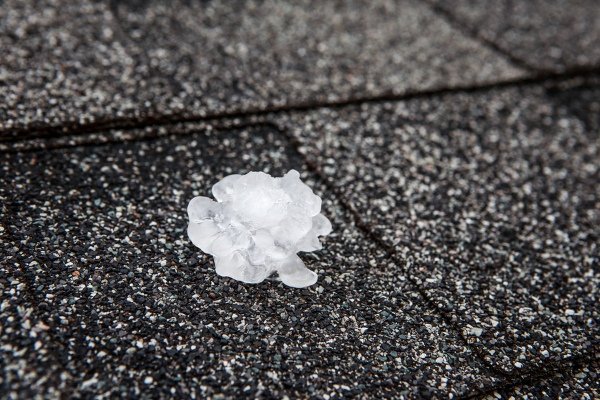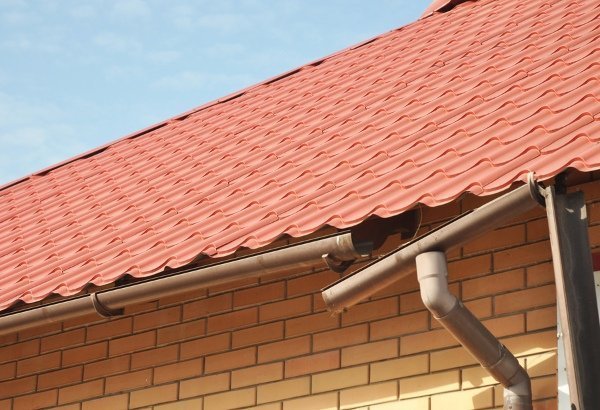
As homeowners ourselves, we know how bothersome it can be to file a roof insurance claim. But people have no other choice when a storm strikes. These situations are beyond our control. The best thing we can do is to seek out a solution to fix roof damage -- and of course, with the help of an expert.
But have you asked why roof insurance claims is important? Let’s answer this question in this blog post and explore what you should do in the event of a storm-damaged roof.
If you have a homeowners insurance, this insurance covers anything that happens to your roof. The reason why roof insurance claims is important is that it offers you assistance when things don’t go well. For example, your roof sustained damage because of hail. It leaked.
As a proactive homeowner, it’s important to process your claim as early as possible. You don’t want to delay roof repairs and end up spending your own money on additional damages. Most importantly, find a roofing contractor that provides roof insurance claims assistance for storm damage.
There are, however, certain inclusions and exclusions that determine whether you get coverage or not. This means that not all homeowners who file a roofing insurance claim receive are approved. Your insurance provider assesses the following aspects:

When it’s time to file a roof insurance claim, one realizes the importance of maintenance. If insurance providers find out that you’ve been neglecting roofing care and this neglect led to the damage, don’t expect to get coverage.
The truth is, there are many simple steps to maintain the roof. Homeowners can prepare a checklist that contains some roofing aspects to check. Some of these include ceiling or wall discoloration, curled shingles, and increasing energy bills.
If you find anything unusual about your roof, report it to a roofing contractor. This is an example of proactive maintenance.
Another aspect to consider is the roofing age. Some insurance providers do not cover roofs that reached the 10 or 20-year mark. This is because when roofs reach that age, they start to wear out. Bear in mind that some insurance companies will also pay you depending on the depreciated value of the roof no matter the age.

As we mentioned earlier, certain events like hail storms are unavoidable. Insurance companies are likely to cover the cost for a hail related roof damage repair. At Roper Roofing, we provide this kind of service.
Another reason why roof insurance claims is important is that it helps you replace damaged sections of your roof.
But there’s one pitfall that leads to the cancellation of coverage. This situation refers to multiple layers of a roofing material. Some homeowners choose to install a new layer of roof shingles over an old one.
While this procedure called reroofing is less expensive, it can result in the disapproval of an insurance claim. Insurance companies look at the material at the bottom most part of the roof when considering the age.
We’re done explaining the reason why roof insurance claims is important. Is it time to file a roof damage insurance? Here at Roper Roofing, we share some pieces of advice to ease the process…
First of all, don’t file a hail damage insurance claim without having the slightest idea of what’s covered and what’s not. Keep the records of your insurance policy and review them. Be sure to call the insurance company to report the damage and discuss coverage.
There’s no use in guessing what’s included in the insurance policy. At the same time, don’t assume that insurance claim results are the same for all homeowners. Insurance policies differ and so is a homeowner’s situation.
Insurance companies assign insurance adjusters to homeowners. These individuals visit a homeowner’s place to inspect the roof and determine how much they’ll pay for.

It’s always a good practice to secure your own documentation. Take photos of the damage inside and outside of your house. You’ll want to capture the following signs that a storm affected your place:
Note the date and time of the event. These records will back your statements during the claims process.
In the event of a storm damage, you should be aware of the various types of contractors that may knock on your door.
First, there’s the storm damage contractor that genuinely wants to help you fix the roof. That’s us, Roper Roofing.
Second, there’s the contractor that moves from one location to another. This person is called a “storm chaser” because he shows up overnight to make some money. Never trust a storm chaser!
Third, is the double agent contractor. This contractor actually works for the insurance company. They’re loyal to the insurance provider, not to you. They don’t have your best interests in mind.
Always choose a professional contractor.
A professional roofer inspects your roof completely. He takes pieces of evidence of the roof damage. He meets up with the insurance adjuster and presents his estimate to determine any discrepancies on the part of the adjuster.
Related: Choosing The Right Roofer For Your Home

If the insurance company gives a yes, usually they pay in two parts. The first cheque should be able to get the roof repairs started. The second payment is handed after the roofing contractor completes the work. Your contractor should relay to the insurance company any additional expenses that arise in the process.
When it comes to roofing insurance claims for storm damage, act fast. Now that you know why roof insurance claims is important, you should know what to look for.
Here are some signs of storm damage on the roof:
You’ve reached the end of this post on why roof insurance claims is important.
Out of all the things we discussed, the most important thing to remember is this...
Don’t delay a roofing inspection. As soon as the storm ends, call a roofing contractor. This is the only way to determine the presence of damage and need for repairs.
If you are in need of a Denver CO roofing contractor with extensive storm damage claims experience, you can count on Roper Roofing. We're a decades-experienced roofing contractor with well-equipped and certified roofing professionals.
Lastly, we hope that you enjoyed this guide. Need more roof insurance claims advice? Call Roper Roofing at 720-307-7174.